In our hyper-connected world of constant notifications, deadlines, and information streams, mental fatigue has become increasingly common. When thoughts feel tangled, focus becomes elusive, and decision-making becomes overwhelming, certain environments have remarkable restorative properties that science has begun to document and explain.
Here is a list of 20 destinations specifically suited to helping an overloaded brain recover its natural capacity for clarity and calm through environmental features that support cognitive restoration.
Japanese Forest Therapy Trails, Kyoto

The ancient cedar forests outside Kyoto offer dedicated shinrin-yoku (forest bathing) trails designed specifically for cognitive restoration rather than exercise. Research shows these environments reduce cortisol levels and activate the parasympathetic nervous system within minutes of immersion.
The phytoncides—aromatic compounds released by trees—have measurable effects on stress hormone levels even after returning home. Early morning visits provide the additional benefit of negative ions from morning dew, which some studies associate with improved mental clarity.
Thermal Springs of Iceland’s Blue Lagoon

The mineral-rich waters of Iceland’s famous geothermal spa create a multisensory environment uniquely suited to mental reset. The combination of water’s natural white noise, dramatic landscape contrasts, and the physiological effects of heat on muscle tension creates ideal conditions for what neuroscientists call “soft fascination”—effortless attention that allows the brain’s executive function to rest.
Winter visits provide the added neurological novelty of experiencing extreme temperature contrasts, which some research suggests can temporarily boost cognitive flexibility.
Like Travel Pug’s content? Follow us on MSN.
Desert Silence of Sedona, Arizona

The remarkable quiet of Sedona’s red rock landscape offers rare acoustic conditions increasingly absent in modern environments, where the brain can experience true silence without the constant processing demands of filtering background noise. The expansive vistas automatically trigger the default mode network in the brain, which is associated with enhanced creativity and reduced rumination on problems.
Dawn hikes to viewpoints like Cathedral Rock combine gentle physical exertion with gradually changing light conditions that naturally sync disrupted circadian rhythms, contributing to mental overload.
Monteverde Cloud Forest, Costa Rica
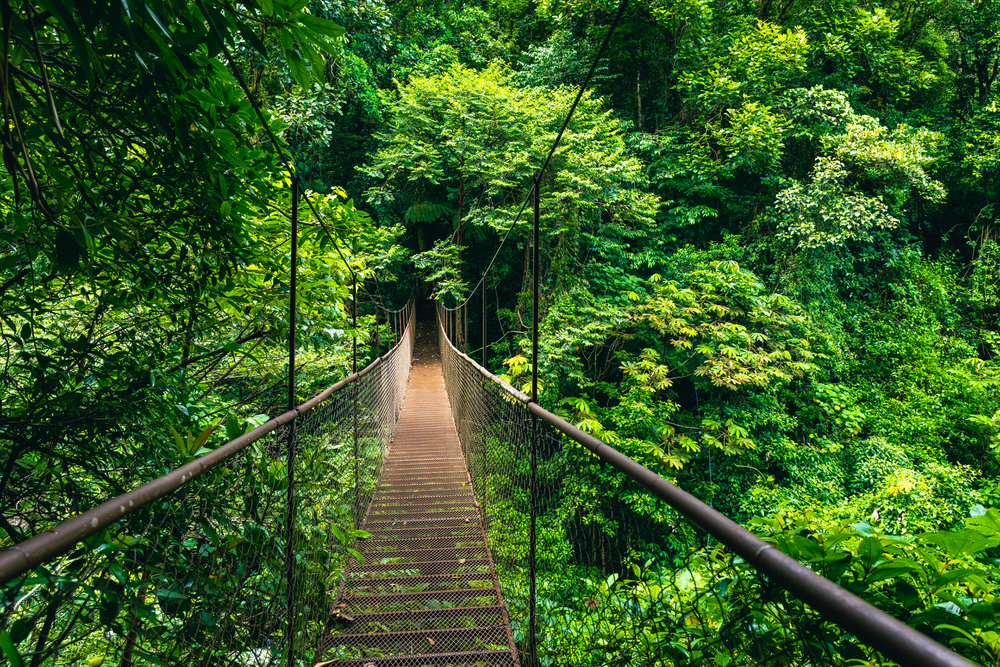
The perpetually mist-shrouded environment of this high-altitude forest creates conditions where sensory inputs remain gentle and consistent, allowing overtaxed attention systems to recover. The continuous soft background sounds of water droplets and distant bird calls provide what acoustic ecologists call “non-threatening stimuli” that maintain alertness without triggering stress responses.
The limited visibility within the cloud forest naturally narrows the focus to immediate surroundings, temporarily relieving the brain from processing complex visual fields that contribute to cognitive fatigue.
The Reading Room, New York Public Library

This magnificent space combines architectural grandeur with disciplined quiet, creating an environment that supports extended concentration without digital interruptions. The specific combination of high ceilings, natural light, and the presence of others engaged in silent intellectual activity creates what psychologists call “ambient belonging” that facilitates focus.
Research on historic library environments shows they naturally induce theta brain waves similar to those observed during meditation, particularly when visitors engage with physical books rather than screens.
Like Travel Pug’s content? Follow us on MSN.
Ise Jingu Shrine Gardens, Japan
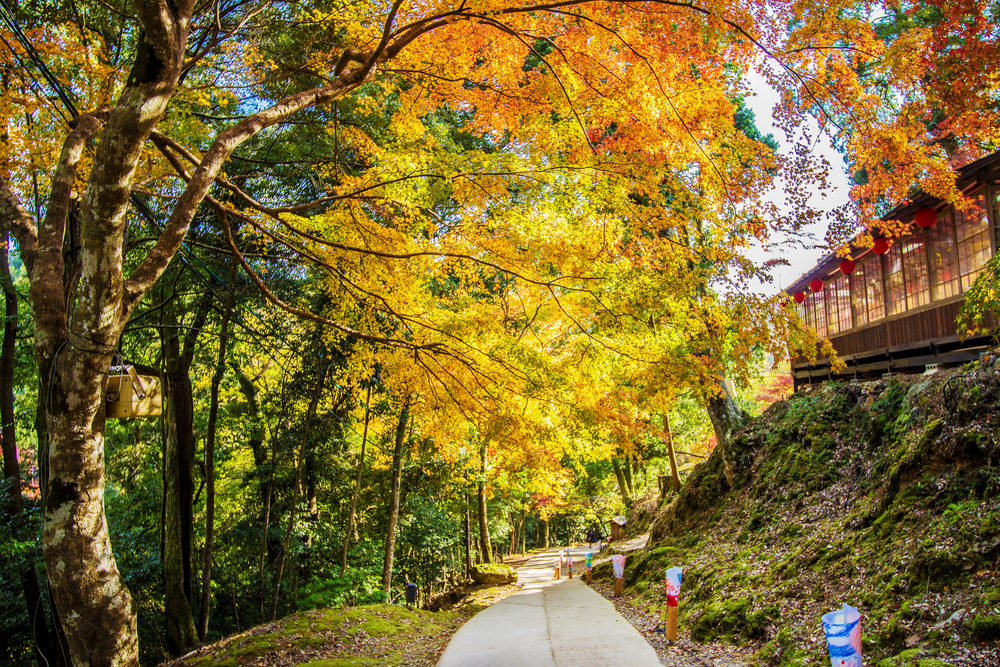
The meticulously designed simplicity of Japan’s most sacred shrine creates an environment free from the visual clutter that forces continuous attentional switching—a primary contributor to mental fatigue. The specific arrangement of natural elements follows patterns that cognitive scientists have identified as requiring minimal processing effort while still maintaining engagement.
The deliberate limitation of stimuli—restricted color palette, controlled sightlines, and rhythmic organization of space—provides ideal conditions for an overtaxed brain to experience what researchers call “attention restoration.”
Great Library of Alexandria, Egypt

The modern recreation of the ancient library offers an exceptional environment combining intellectual stimulation with cognitive rest. The specific quality of Mediterranean light filtering through the building’s distinctive roof creates ideal illumination for reducing eye strain that contributes to mental fatigue.
The reading rooms maintain sound levels within the specific decibel range that research shows supports concentration without triggering the stress response that occurs in complete silence or excessive noise.
Nighttime Desert Stargazing, Atacama, Chile

The exceptional clarity of the night sky above the world’s driest desert creates conditions for experiencing awe—an emotional state that research links to expanded thinking and reduced rumination. The natural darkness triggers the brain’s production of melatonin, resetting sleep cycles often disrupted by blue light exposure from screens.
The specific activity of identifying constellations provides what cognitive scientists call “effortless attention,” allowing the prefrontal cortex to recover from directed attention fatigue while remaining engaged.
Like Travel Pug’s content? Follow us on MSN.
Abbey of Sénanque Lavender Fields, France

The rhythmic rows of lavender surrounding this 12th-century monastery create visual patterns that research shows require minimal cognitive processing while maintaining gentle engagement. The specific scent compounds in lavender have demonstrated effects on alpha brainwave patterns associated with relaxed alertness.
The location’s combination of natural beauty and historical architecture creates the ideal balance of novelty and familiarity that neuroscience identifies as optimally stimulating without being overwhelming.
Uluru-Kata Tjuta National Park, Australia

The ancient monolith of Uluru creates what psychologists call a “soft fascination” landscape where attention is naturally drawn without effort, allowing mental fatigue to recover. The formation’s extraordinary age—over 550 million years—provides a perspective that research shows can diminish perseverative thinking about immediate problems.
Dawn walks around the base offers a specific combination of gentle physical activity, natural light transitions, and cultural significance that supports what neuroscientists call “constructive internal reflection” as opposed to rumination.
Norwegian Fjords by Small Boat
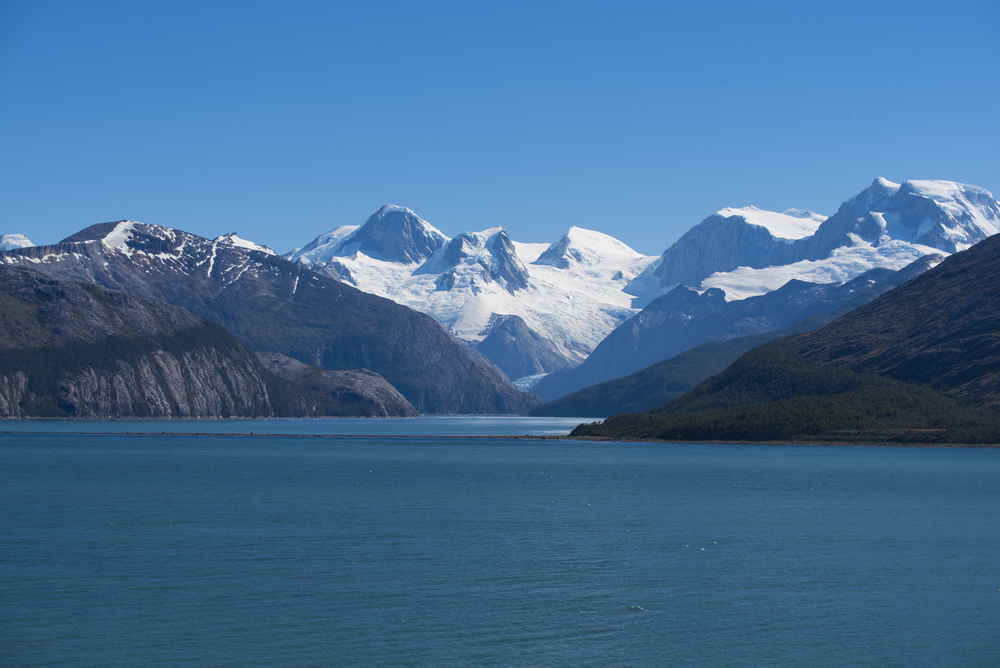
The specific combination of confined vessel and expansive landscape creates ideal conditions for what attention restoration theory calls “extent”—an environment that is simultaneously bounded and limitless. The rhythmic sounds of water against the hull produce sound patterns that are shown to synchronize with alpha brain waves and are associated with reduced mental effort.
The dramatic scale of surrounding cliffs automatically triggers perspective shift, a cognitive process associated with decreased perseverative thinking about problems that contribute to mental overload.
Like Travel Pug’s content? Follow us on MSN.
Ancient Olive Groves, Greece

The distinctive silver-green palette and gnarled forms of centuries-old olive trees create visual environments with particular restorative properties for urban-fatigued visual processing systems. The light filtered through olive leaves contains the specific spectrum that regulates circadian rhythms, which are often disrupted by artificial lighting.
Traditional groves maintain the optimal balance of order and randomness that environmental psychologists identify as supporting mental restoration without boredom or overstimulation.
Tokyo’s Nezu Museum Garden

This carefully designed urban oasis demonstrates the Japanese concept of “ma”—the perfect balance of form and emptiness that research shows reduces cognitive load. The specific arrangement of stone, water, and plant elements guides attention gently without requiring the mental effort of interpretation or analysis.
The surrounding tea house creates a transition space where the ritual of tea preparation allows for what cognitive scientists call “task-positive absorption” that interrupts ruminative thinking cycles associated with mental overload.
Benedictine Monastery Guest Quarters, Italy

Monasteries following the Benedictine tradition offer environments specifically designed to support contemplative clarity through architectural features that reduce sensory overload. The daily rhythm organized around prayer bells externally regulates attention, reducing decision fatigue that contributes to mental exhaustion.
The specific acoustic properties of stone cloisters create a sound environment that has been proven to reduce cortisol levels. At the same time, the simple foods traditionally served to provide optimal nutrition for cognitive recovery without the digestive demands of complex meals.
Like Travel Pug’s content? Follow us on MSN.
Horseback Trail Rides, Montana

The specific rhythm of horseback movement generates proprioceptive inputs that research shows can interrupt patterns of perseverative thinking. The activity requires present-moment attention to the animal and environment without the high cognitive demands of unfamiliar physical skills.
The combination of expansive landscape views and focused interaction with the horse creates the ideal balance of engagement and effortlessness that supports recovery from directed attention fatigue.
The Ancient Library of Ephesus, Turkey

The reconstructed façade and reading room of this 2nd-century library create an environment combining historical perspective with optimal conditions for quiet reflection. The specific quality of natural light entering through the eastern façade matches the spectrum shown to support alertness without the stress-inducing effects of harsher illumination.
The surrounding ruins provide what environmental psychologists call “soft fascination” landscapes where attention is engaged without effort, allowing executive function to recover.
Remote Scottish Island Cottages
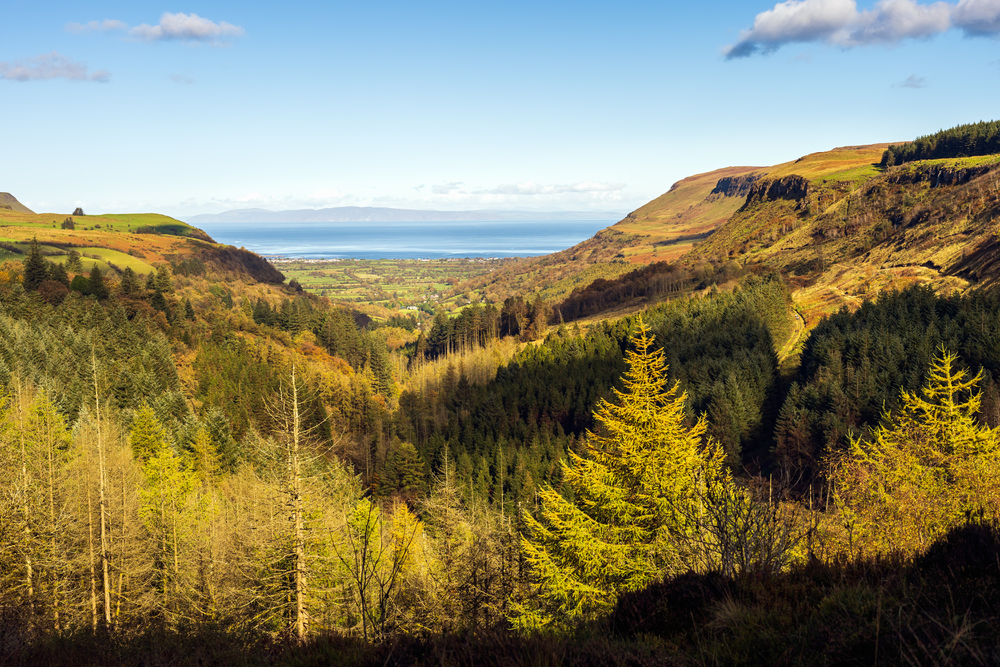
The traditional crofting cottages available for rent on islands like Skye and Lewis offer environments specifically suited to cognitive recovery through limited connectivity and sensory simplicity. The particular quality of light at northern latitudes has measurable effects on circadian rhythm regulation, which is often disrupted by artificial lighting and screen exposure.
The surrounding landscape provides what attention restoration theory identifies as key restorative elements: extent, compatibility, soft fascination, and a sense of being away.
Like Travel Pug’s content? Follow us on MSN.
High Desert Retreat Centers, New Mexico

The combination of expansive landscape, architectural simplicity, and quality of light in northern New Mexico creates environments specifically conducive to mental clarity. Research shows that the particular blue quality of high-desert skies stimulates serotonin production, while the earth-tone surroundings reduce visual processing demands.
The dramatic temperature variations between day and night naturally reset circadian rhythms, which are often disrupted by climate-controlled environments that contribute to cognitive fatigue.
Walking the Camino de Santiago, Spain
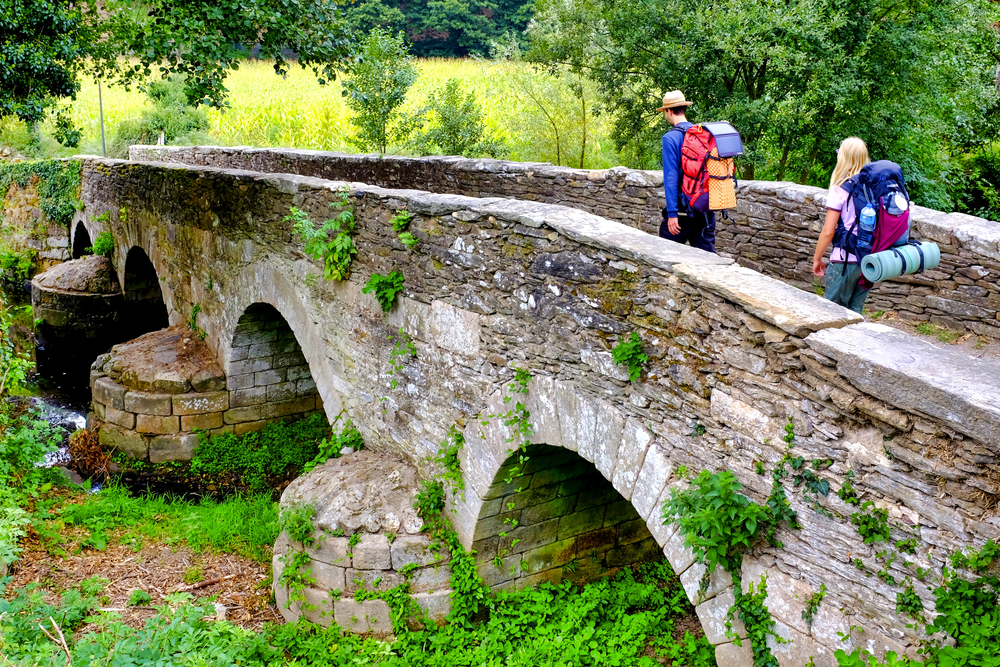
This ancient pilgrimage route offers the specific combination of gentle physical exertion, purpose, and changing landscapes that cognitive science identifies as optimally restorative. The daily walking rhythm generates what researchers call “bilateral stimulation,” a cross-hemisphere brain activation pattern similar to that used in EMDR therapy for processing difficult experiences.
The social aspects of the trail provide the right balance of interaction and solitude, with opportunities for what psychologists call “cognitive offloading”—sharing mental burdens through conversation.
Writing Retreats, County Cork, Ireland

The verdant Irish countryside hosts several dedicated writing centers where the specific combination of private workspace, communal meals, and natural surroundings supports cognitive restoration. The particular quality of filtered light through frequent mist reduces the visual processing demands that contribute to mental fatigue in sharper environments.
The tradition of storytelling and literary history creates what psychologists call “ambient belonging,” reducing the executive function demands of navigating unfamiliar social contexts.
Like Travel Pug’s content? Follow us on MSN.
The Cognitive Reset

These destinations offer more than a temporary escape from everyday demands—they provide specific environmental conditions that support the brain’s natural recovery processes.
The most effective mental restoration occurs not through complete disengagement but through different engagement, where attention is held without effort and environmental support rather than depleted cognitive resources; by intentionally seeking these conditions when overwhelmed approaches, we can maintain mental clarity and creative capacity even in our increasingly complex world.
More from Travel Pug

- Cities Growing so Fast You Won’t Recognize Them in 10 Years
- 13 Destinations Where Tourists Regularly Regret Their Trip
- 20 Obscure WWII Sites Even History Buffs Don’t Know About
- 10 Under-the-Radar Mountain Towns That Are Both Affordable and Beautiful
- Remote Villages in Europe Where You Can Live for Free in Exchange for Work
Like Travel Pug’s content? Follow us on MSN.
